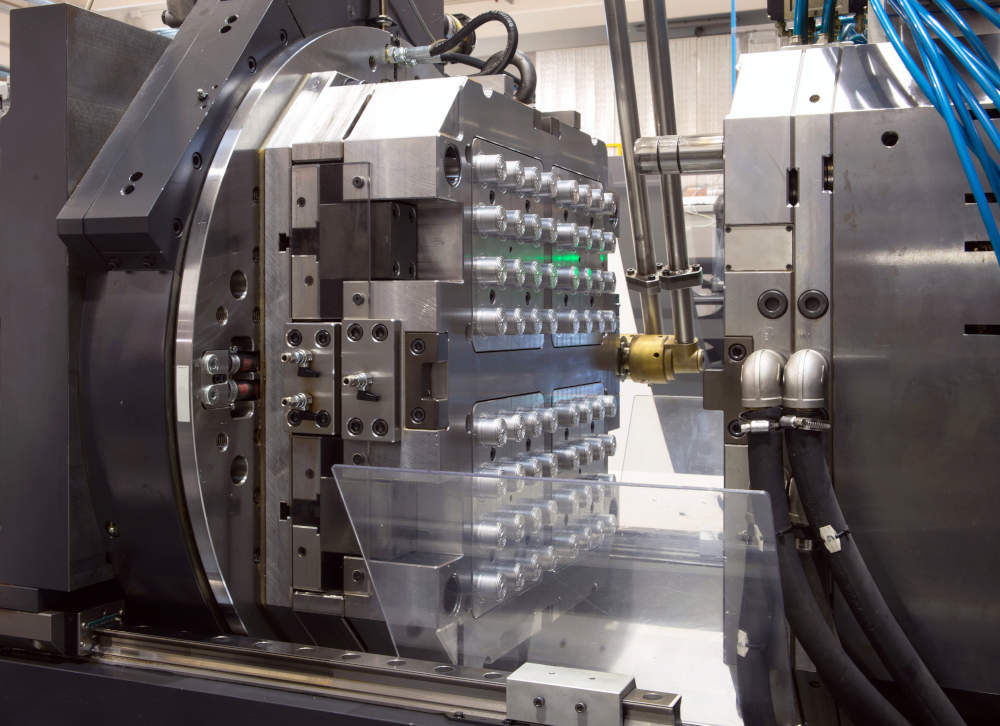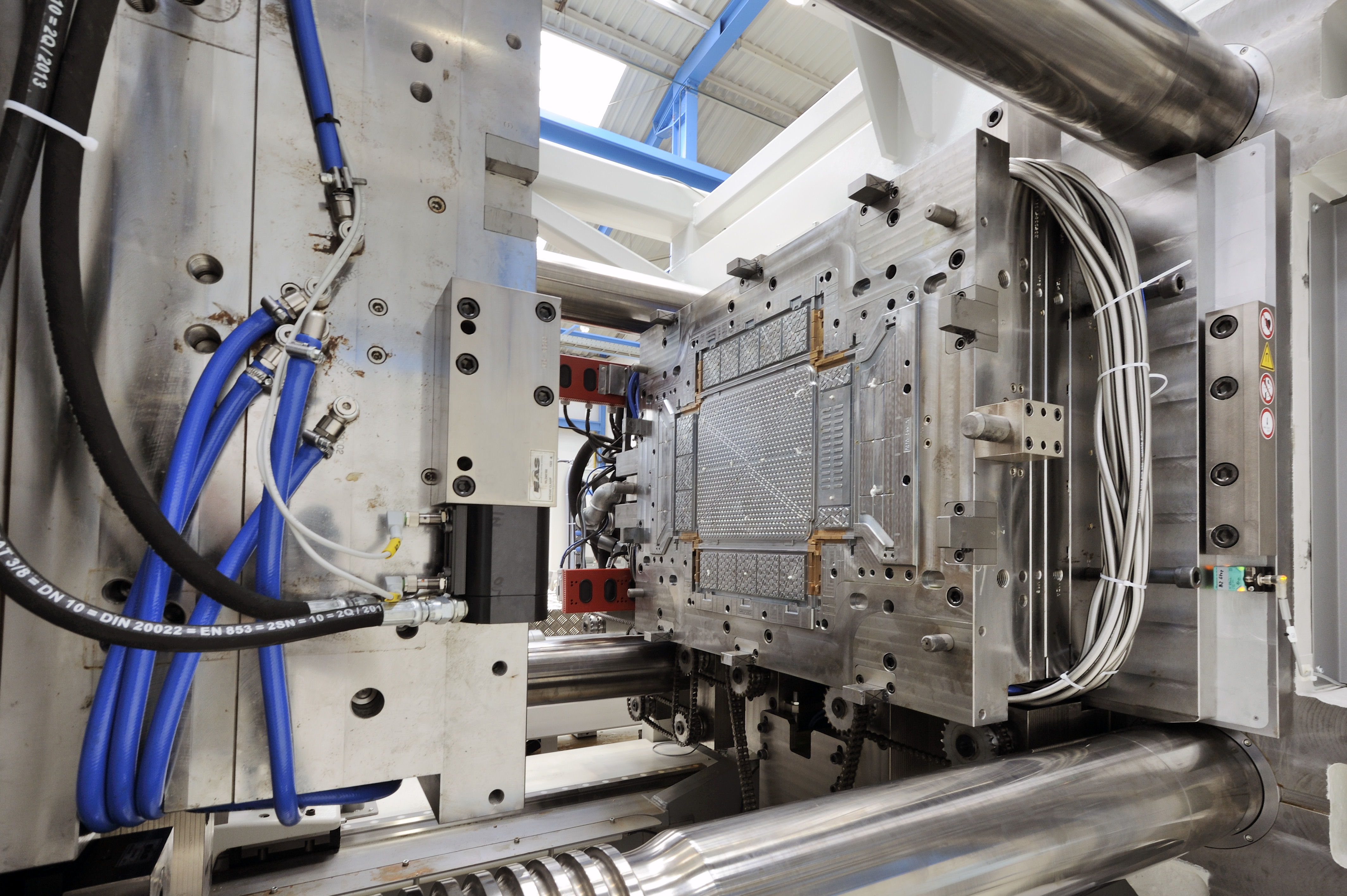The Effect of Plastic Injection Molding on Decreasing Manufacturing Expenses and Waste
The Effect of Plastic Injection Molding on Decreasing Manufacturing Expenses and Waste
Blog Article
Comprehending the Basics of Plastic Injection Molding Procedures
Plastic shot molding works as a cornerstone of contemporary production, giving a methodical method to creating intricate components with precision. This process not only includes the essential actions of melting and infusing products right into molds but additionally involves a nuanced understanding of various affecting variables, such as temperature level and pressure. As industries significantly demand efficiency and high quality, the ins and outs of this technique come to be extra crucial. Checking out these vital aspects might expose exactly how even minor modifications can result in considerable enhancements in production outcomes, questioning concerning the possibility for technology in this well-known procedure.
What Is Plastic Injection Molding?
Plastic shot molding is a widely used manufacturing procedure that transforms thermosetting and thermoplastic products right into specific and complicated shapes. This strategy is preferred for its capacity to generate high volumes of identical get rid of phenomenal accuracy, making it an important approach in numerous sectors, consisting of vehicle, durable goods, and medical devices.
The process involves thawing the chosen plastic product and infusing it right into a mold under high pressure. The mold, made to the requirements of the preferred part, allows the molten plastic to materialize as it cools and strengthens. Once the product has actually hardened, the mold and mildew is opened, and the finished element is expelled.
Plastic shot molding offers a number of benefits, consisting of decreased waste, consistency in production, and the capability to include elaborate designs that may be testing with other manufacturing techniques. Furthermore, it sustains a broad range of products, each giving one-of-a-kind buildings that can be tailored for details applications. As sectors proceed to innovate, plastic shot molding stays at the forefront, enabling the development of innovative products that meet progressing customer needs.
The Injection Molding Refine
The shot molding procedure is a sophisticated technique that involves several essential stages to produce premium plastic components. Initially, plastic pellets are fed into a heated barrel where they are melted into a viscous fluid. This molten plastic is after that infused under high pressure into a precision-engineered mold and mildew, which forms the material right into the wanted type.
Once the mold and mildew is filled up, the plastic is enabled to solidify and cool down, taking the shape of the mold dental caries. Air conditioning time is vital, as it impacts the cycle time and the final residential or commercial properties of the shaped part. After sufficient cooling, the mold and mildew opens up, and the completed part is expelled using ejector pins.

Materials Utilized in Injection Molding
Various materials can be utilized in the injection molding process, each offering unique homes that provide to certain applications. One of the most frequently made use of products include thermoplastics, thermosetting plastics, and elastomers.

Thermosetting plastics, like epoxy and phenolic materials, undergo a chemical modification throughout the curing procedure, resulting in a stiff, stringent structure. These materials are suitable for applications requiring high warmth resistance and architectural integrity, commonly used in electrical insulators and vehicle components.
Elastomers, consisting of silicone and rubber-based materials, offer adaptability and strength. Their unique residential properties make them ideal for applications that demand elasticity, such as seals and gaskets.
Furthermore, specialized products like bio-based plastics and compounds are gaining traction for their environmental benefits and boosted performance qualities, expanding the range of shot molding applications in different sectors. Recognizing the properties of these materials is crucial for selecting the suitable type for particular projects.
Advantages of Injection Molding
Shot molding stands out as a highly efficient production process that uses numerous advantages for creating complicated get rid of accuracy. One of one of the most considerable benefits is the ability to develop intricate designs that would be challenging or impossible to achieve with various other approaches (Plastic Injection Molding). The process permits tight resistances and thorough features, making sure top quality elements
In addition, shot molding is known for its fast manufacturing capacities, making it an optimal selection for content high-volume manufacturing. Once the mold is created, components can be generated swiftly, lowering lead times and raising overall performance. This performance not just decreases production prices however likewise gives a competitive edge on the market.
The adaptability of materials utilized in shot molding even more enhances its appeal. A large range of thermoplastics and thermosetting polymers can be employed, enabling manufacturers to choose materials that finest satisfy their certain requirements, consisting of stamina, warm, and flexibility resistance.
Moreover, the procedure reduces waste, as excess material can usually be reused and reused. This sustainability element adds to a decreased ecological effect, making injection molding a liable production selection. On the whole, the advantages of shot molding make it a recommended technique for many markets.
Factors Influencing Product High Quality
While many elements can affect product top quality in injection molding, comprehending these elements is crucial for accomplishing optimal outcomes. Secret elements include product selection, refining parameters, and mold style.
Product option plays a vital duty, as various polymers show special residential or commercial properties that impact flowability, strength, and thermal stability. Inadequate product choice can result in problems such as warping or incomplete dental filling.
Handling parameters, including cycle, temperature, and stress time, must be thoroughly regulated. Variations in these settings can lead to disparities in part measurements and surface coating. Exceedingly high temperatures may cause destruction of the polymer, while poor pressure can result in brief shots.
Mold layout is similarly essential, as it determines the circulation of the molten plastic and the cooling process. Inadequately developed mold and mildews might cause unequal air conditioning rates, leading to pop over to this site dimensional inaccuracies and residual anxieties.

Verdict
In final thought, plastic injection molding offers as a vital manufacturing procedure that enables the reliable manufacturing of premium elements. Mastery of the shot molding procedure, including the understanding of products and the impact of numerous factors on item top quality, is crucial for attaining ideal outcomes. The benefits of this approach, such as cost-effectiveness and design flexibility, more highlight its relevance across several markets, solidifying its status as a favored choice for high-volume production.
Plastic shot molding serves as a keystone of modern production, offering a methodical method to creating intricate components with accuracy.Plastic injection molding offers a number of advantages, consisting of decreased waste, consistency in manufacturing, and the ability to include detailed styles that may be challenging with various other manufacturing approaches (Plastic Injection Molding). As industries continue to introduce, plastic injection molding continues to be at the center, making it possible for the advancement of sophisticated products that meet progressing customer needs
The injection molding procedure is a sophisticated technique that includes several vital stages to produce top quality plastic parts.In conclusion, plastic injection molding offers as a critical production procedure that allows the official site reliable production of premium components.
Report this page